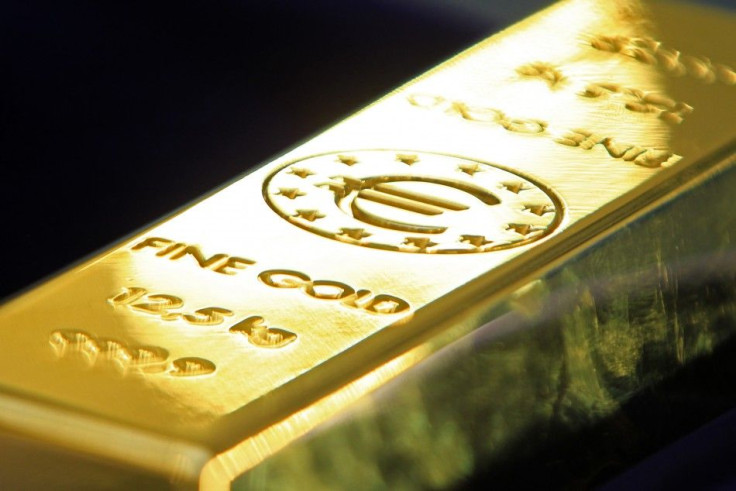Why did commodities crash in early May 2011?

Commodities crashed across the board in the week of May 2, 2011. As a broad asset class, it hasn't dropped like that for quite some time.
The decline started on Monday, May 2, at the beginning of the US session, which proves that wasn't because investors are worried about the economy, as many analysts would tell you.
No significant economic data or policies were announced on Monday. The most important one was the US ISM manufacturing PMI, which actually came in above expectations. The weak reports that were released were on Wednesday and Thursday.
Friday's jobs report, which was very bullish, should have sparked a market rally if this was really about the global economy. However, it didn't because it wasn't about that.
The two reasons for the sharp drop were overextension and US dollar strength.
For weeks, speculators have been building unsustainably skewed long positions in all sorts of commodities. Moreover, risk sentiment had gotten ahead of the real economy, which happens in bull markets.
The commodities market, therefore, was due for a violent correction, which came last week. One possible trigger was the raising of margin requirement in silver futures.
The other factor was the US dollar, which rebounded sharply last week. Strength in the US dollar weakens commodities priced in it and vice versa.
On Thursday of last week, ECB President Jean-Claude Trichet's omission of the strong vigilance phrase in his policy statement caused the euro to plunge against the US dollar.
This is significant because in financial markets, the EUR/USD relationship is highly influential. It has been a primary vehicle for selling the dollar recently and drives the Dollar Index, which is tradable through futures and ETFs.
The crash in the euro, therefore, caused an unusually large surge in the dollar, which in turn drove commodities lower.
Is the commodities rally over?
The answer is likely 'no.' Overextensions and the subsequent corrections are common in bull markets - what happened the week of May 2, 2011 could be just that. Investors need to watch for June 30, 2011, the end of QE2, however, because that's an event big enough to be a game changer for the US dollar and commodities as a financial asset class.
Click here to follow the IBTIMES Global Markets page on Facebook
© Copyright IBTimes 2024. All rights reserved.




















